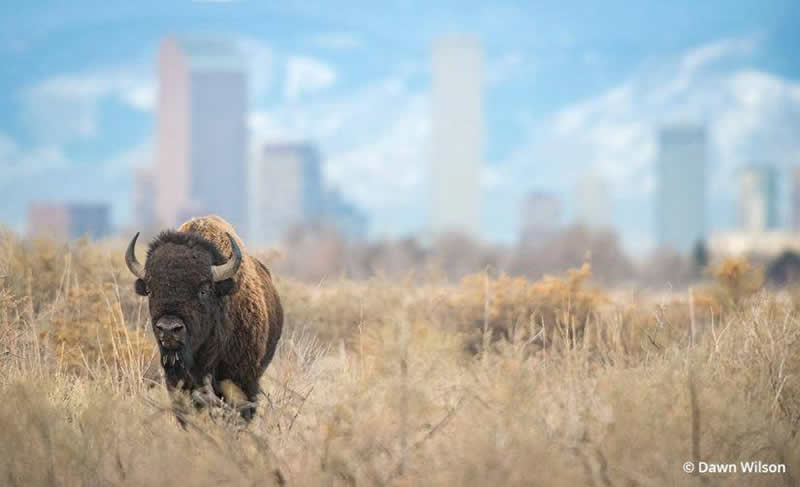
The National Wildlife Refuge System is an incredible gift that the United States made 119 years ago today. There is no other system in the world quite like our national wildlife refuges. We have the only protected land base where wildlife is the primary beneficiary. As escalating impacts from climate change, habitat loss and human development put plants and animals increasingly at risk, these wildlife refuges serve an even more critical role in their survival– and the time is now for the Biden administration and Congress to step up to support and expand the system and prioritize conservation.
As a wildlife biologist and former director of the U.S. Fish and Wildlife Service (FWS), I have always cared deeply about the National Wildlife Refuge System. They are conservation jewels I have visited throughout my life, not only for wildlife and bird watching but also for personal well-being and revitalization. They are wonderful places to rekindle your connection with nature and to renew your spirit.
As director of FWS, I prioritized expansion of the System, because I knew how important undisturbed land is for migratory birds, rare plants, clean water and imperiled wildlife. I was fortunate to be in the Oval Office when President Clinton signed the National Wildlife Refuge System Act of 1997. Standing there that day, I remember thinking, what a remarkable investment we have given to ourselves. The law governing management of the National Wildlife Refuge System is unequivocal: Wildlife comes first. I am proud and grateful that I was part of vital efforts to connect people with nature while helping to conserve our nation’s biodiversity.
Twenty-five years later, the urgency for expanding wildlife refuges is even more essential. Approximately 1 million of the estimated 8 million plant and animal species on the planet are at risk of extinction, many within the next few decades, due to human activities. Scientists have long warned that the world is entering a sixth mass extinction, driven by human consumption and exploitation of wildlife and wild spaces and the burning of fossil fuels. Actions can be taken to slow the decline, but they need to happen now. Luckily, expanding refuges for wildlife builds on an existing and successful model.